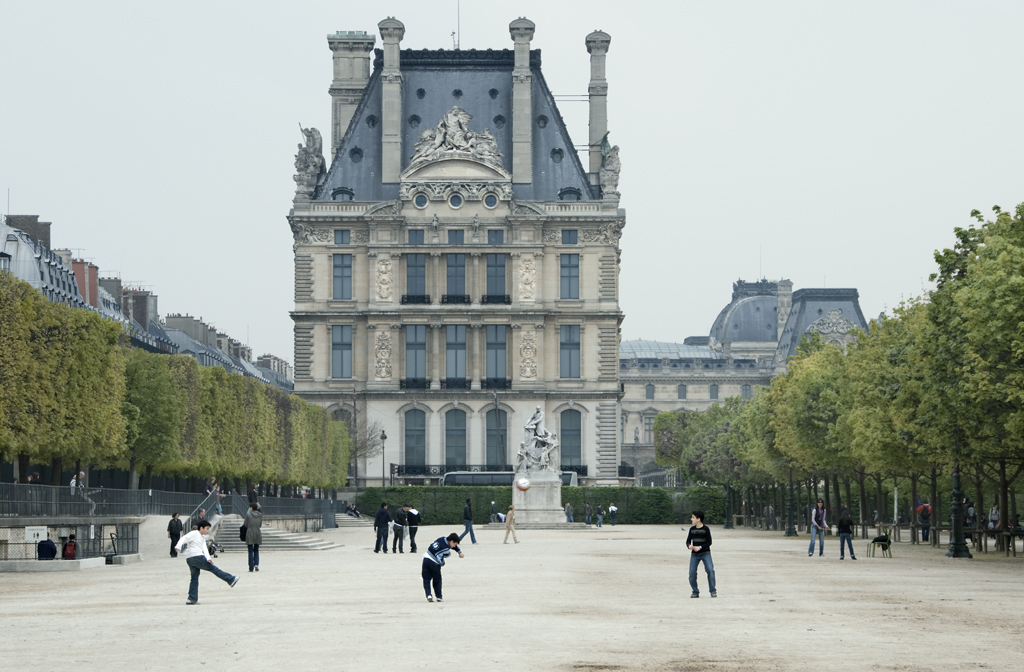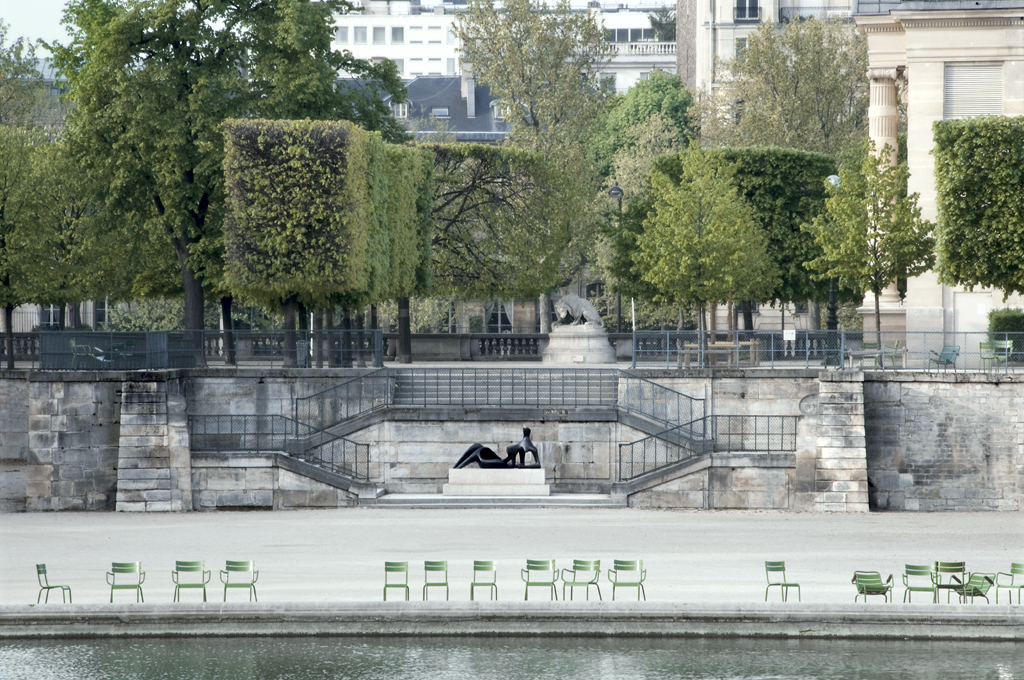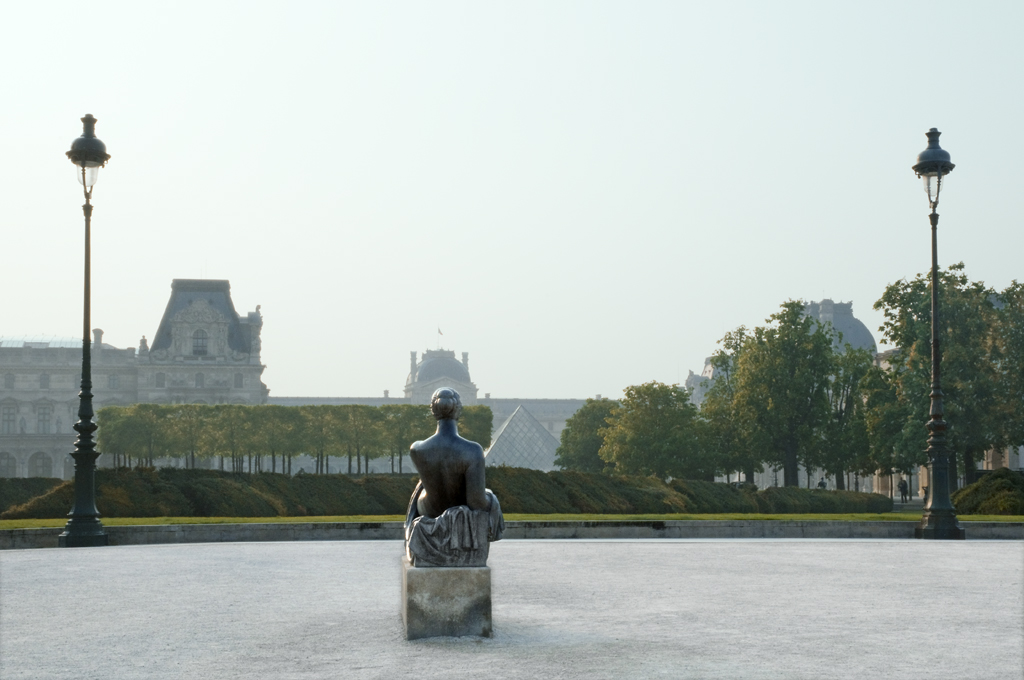“displacement, concentration, deportation and extermination”
North Terrace, Holocaust History Museum, Yad Vashem, Jerusalem 2011
© Leslie Hossack
In 1953, Yad Vashem was established as an institution “dedicated to the study and commemoration of Jewish annihilation at the hands of the Nazis.” (Joan Ockman, A Place in the World for a World Displaced) Located atop the Mount of Remembrance, the 45-acre site includes research centres, memorials and museums. Yad Vashem Director Avner Shalev writes: “We wished to call visitors attention to the fact that the Holocaust spanned the entire European continent, that the process was set in motion in Northern Africa, and that it threatened to reach the Middle East. Wherever the Germans came, the Jews faced the same process: displacement, concentration, deportation and extermination.” (Building a Holocaust Museum in Jerusalem)
The museum was designed by internationally acclaimed architect Moshe Safdie whose other works include the National Gallery of Canada in Ottawa. Safdie’s museum is a 600-foot long, triangular, sky light tunnel made of concrete. According to municipal law, all buildings must be faced with local Jerusalem stone. This 1918 stone ordinance dates back to the British Mandate in Palestine, and Safdie had to get special permission to use concrete rather than limestone for the Holocaust History Museum.
This photograph shows visitors standing on the terrace at the end of the tunnel-like museum, looking out toward Jerusalem. In The Architecture of Memory, Safdie writes about the power of emerging into light. “For the new museum, cutting through the mountains and bursting northward, dramatically cantilevering the structure over the Jerusalem pine forest to provide views of the hills beyond took this life-affirming experience to another level.”
Architect: Moshe Safdie Date: 2005










